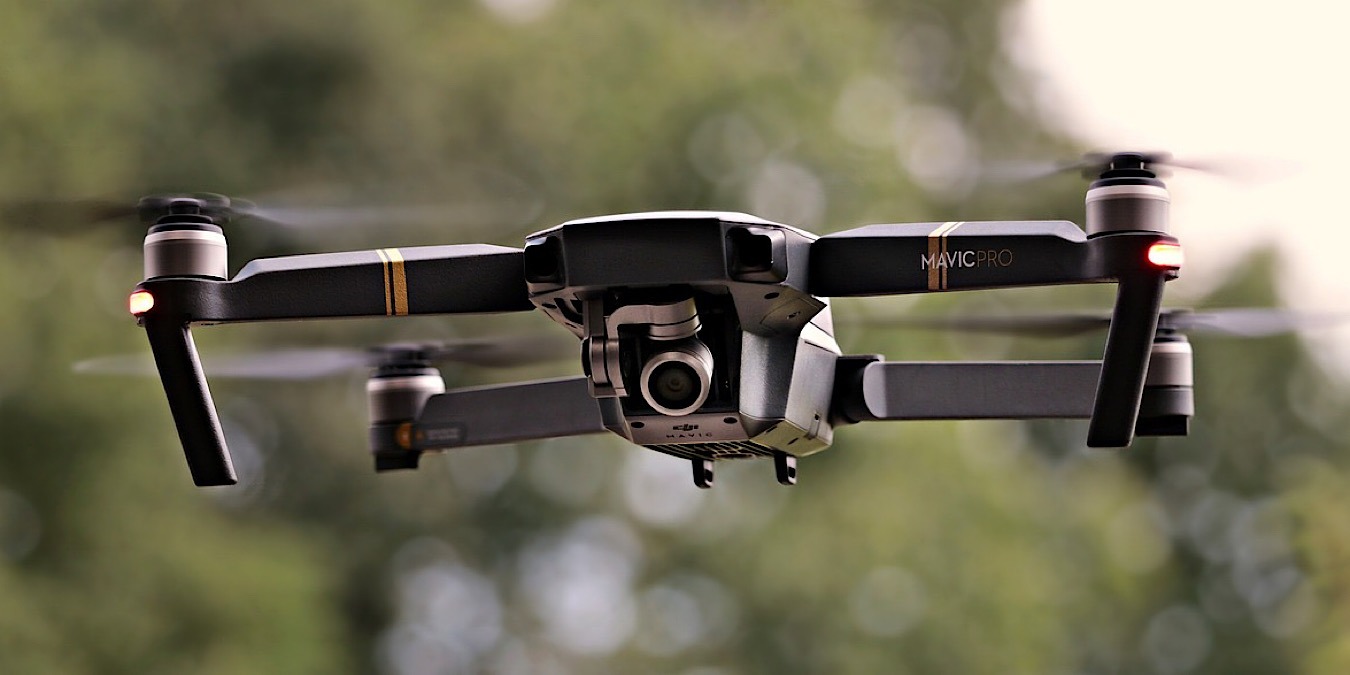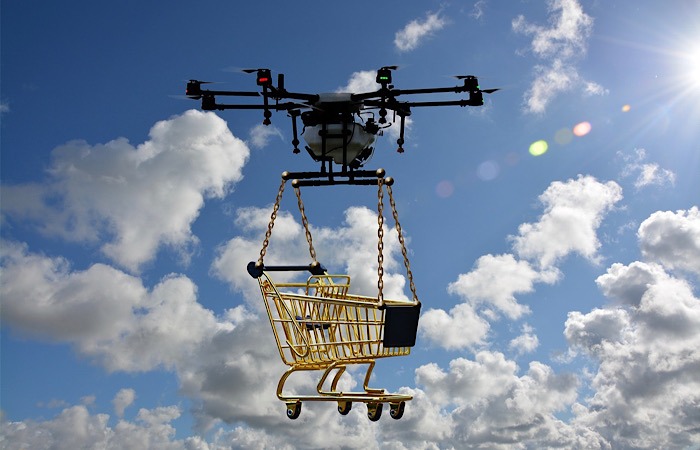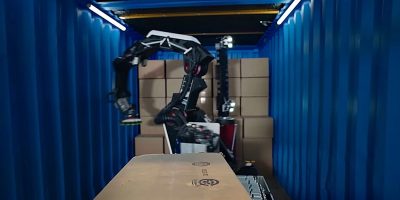
There have already been problems with drones interfering with airplanes in their shared air space, and it can only get worse with drones becoming more popular and some retail outlets considering delivery options with drones.
The United States government thinks they know how to solve that. New federal regulations were proposed that would require drones to broadcast tracking signals, allowing their locations to be identified, as well as their operators.
Proposed Federal Regulations for Drones
The Federal Aviation Administration’s plan to track drones would mostly only apply to drones used in business, as the regulations wouldn’t apply to devices under 0.55 pounds. The intention is for tighter security and to prevent terrorist attacks, according to the agency.
“Remote ID technologies will enhance safety and security by allowing the FAA, law enforcement, and federal security agencies to identify drones flying in their jurisdiction,” said Transportation Secretary Elaine Chao.
FAA officials added that as a precaution to enforce security, the tracking technology would be required for drones to operate. If the technology were to be “disabled,” drones would be unable to take off.
Some major retailers are interested in using drones for their delivery services. Amazon has discussed it for some time. Just last month UPS worked along with CVS pharmacies to deliver medical prescriptions via drones.

Congress asked the FAA to provide regulations for identifying and tracking drones three years ago, seeing them as “a fast-growing segment of the entire transportation section.” Nearly 1.5 million drones and 160,000 remote pilots are already currently registered.
Association for Unmanned Vehicle Systems International head Brian Wynne believes the proposed regulations will lead to greater airspace safety and security.
“The importance of remote ID regulations cannot be overstated, as they are necessary to enable advanced and expanded operations such as flights over people and beyond line of sight,” he said.
The FAA wrote in its proposal that the “ability to identify ad locate” drones “provides critical information to law enforcement and other officials charged with ensuring public safety. … This information could be used to distinguish compliant airspace users from those potentially posing a safety or security risk.”
Benefits of Regulations
The agency added that along with safety and security, implementing this technology would save money for them and law enforcement, as they won’t have as many drone-related incidents to investigate and will be provided with better information for when it does investigate.
With safety, security, and income as the benefits at play here with these regulations, should the FAA act on this? Or is this somewhere the government does not need to intervene? Tell us in the comments below.









